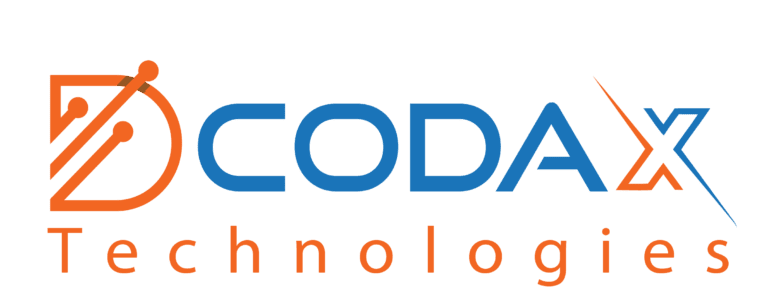Human Creativity vs. Artificial Intelligence: A Clash of Design Titans - Which Will Shape the Future?
Table of Contents
A UseCase- Comparing Web Designing Stages:
To understand the impact of AI today, we would have to break down the web designing stages for further examination.
Human-powered design vs AI-driven design
Forming
Ideating
Socializing
Implementing
Pros:
Faster design process: AI-driven designs allow for the automation of repetitive and time-consuming design tasks. This speeds up the design process and reduces the time required to bring a product or service to market.
Improved efficiency: AI can analyze vast amounts of data and generate design solutions that meet specific requirements. This helps designers and engineers to create efficient designs that maximize performance while minimizing material and energy consumption.
Enhanced creativity: AI can generate unique and innovative design ideas that might be difficult for human designers to think of. This can lead to the creation of more original and visually appealing products and services.
Better accuracy: AI algorithms can analyze data and detect patterns that might be missed by human designers. This can help to identify potential design flaws early on and avoid costly mistakes.
Cons:
Limited creativity: While AI can generate unique designs, it lacks the intuition and creativity of human designers. AI-driven designs might not always capture the unique aspects of a brand or the preferences of specific target audiences.
Dependence on data quality: AI-driven designs are heavily dependent on the quality and accuracy of the data used to train the algorithms. Poor data quality can lead to inaccurate design solutions.
Bias and ethics concerns: AI algorithms can admire human prejudgments and reinforce biased practices. This can result in designs that are unfair or exclude certain groups of people.
Lack of transparency: AI algorithms can be complex and difficult to diagnose, making it hard to understand how they arrived at a particular design solution. This can make it difficult to explain design decisions to stakeholders.





